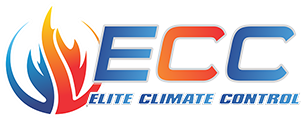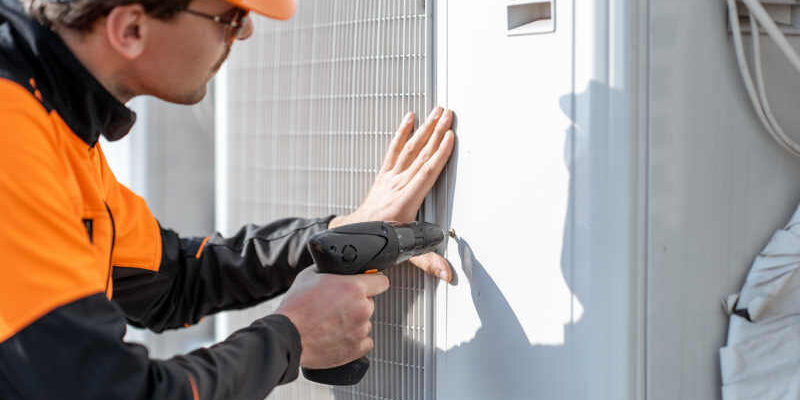The evolution of air conditioning technology has resulted in improvements in efficiency, comfort, and convenience. In this blog, we’ll examine some of the most recent, industry-shaking air conditioning technology trends.
Digital thermostats
The increasing prevalence of smart thermostats is one of the most thrilling developments in air conditioning technology. These devices enable you to control your air conditioner from a smartphone or other mobile device while you are away from home.
Smart thermostats can learn your schedule and modify the temperature accordingly, eliminating the need to manually adjust the settings. Some models can even use geolocation information to detect when you are approaching home and adjust the temperature accordingly.
In addition to their convenience, smart thermostats can help you save energy and money by reducing your air conditioning consumption when you’re not home or when you don’t require as much cooling.
Compressors with Variable RPM
The use of variable-speed compressors is another intriguing trend in air conditioning technology. These compressors can precisely match their speed and output to the cooling requirements of your residence, thereby enhancing efficiency and comfort.
In conventional air conditioning systems, the compressor operates at a constant speed and output, which can result in instances of overcooling or undercooling. Variable-speed compressors can precisely match their output to the temperature and humidity of your residence, allowing you to remain comfortable while consuming less energy.
Energy-Efficient Models
As concerns about climate change and energy consumption continue to grow, an increasing number of consumers are searching for energy-efficient options for air conditioning. With SEER ratings as high as 26, modern air conditioning systems are more efficient than ever.
Even if they cost more initially, high-efficiency air conditioning systems can help you save money on your energy bills over time. Additionally, they can reduce your carbon footprint and help protect the environment by reducing your overall energy consumption.
Air Purification Techniques
The importance of indoor air quality to homeowners is growing, and air conditioning systems are beginning to reflect this. Many modern air conditioning systems include air purification systems that can eliminate allergens, pollutants, and other airborne contaminants.
Some air purification systems utilize HEPA filters, which are capable of removing particulate as small as 0.3 microns. Others kill bacteria and other microorganisms with UV-C radiation.
Air purification systems can help improve indoor air quality and reduce exposure to pollutants and allergens, which is particularly essential for people with respiratory issues or allergies.
Without-Duct Systems
Ductless air conditioning systems are gaining popularity, particularly in residences where traditional ductwork is impractical or prohibitively expensive. These systems utilize tiny indoor units that are mounted on the wall or ceiling, and they operate without ductwork.
Ductless systems are more efficient than central air conditioning systems because they do not lose energy through duct leakage or inadequate insulation. Additionally, you can install multiple indoor units to independently cool various areas of your home.
Additionally, ductless systems are typically simpler and less costly to install than conventional systems because they do not require ductwork modifications.
Conclusion
Smart thermostats, energy-efficient models, and air purification systems are just a few of the upcoming air conditioning technology trends. By keeping abreast of the most recent advancements, you can select an air conditioning system that meets your requirements for comfort, efficiency, and convenience.

